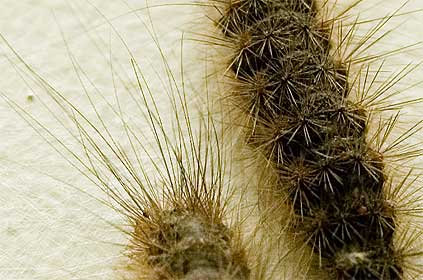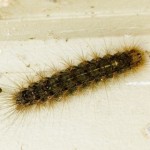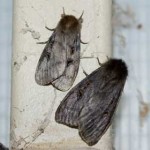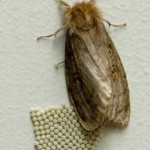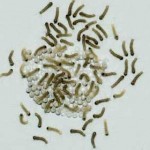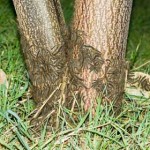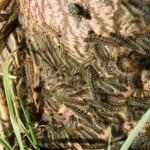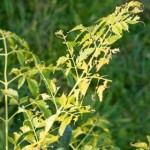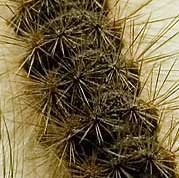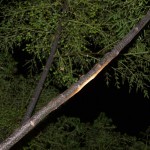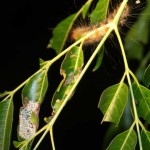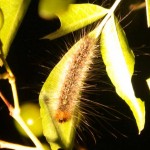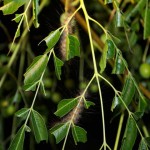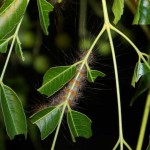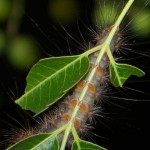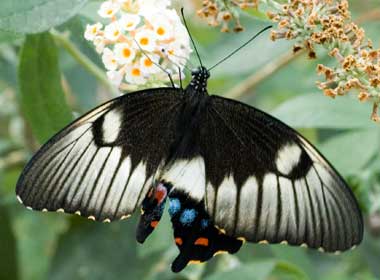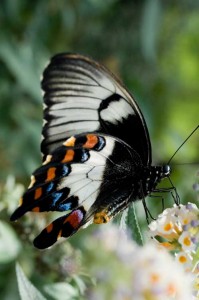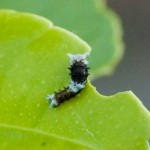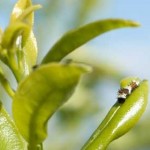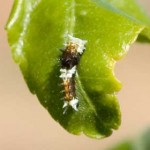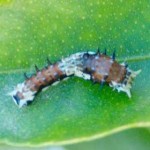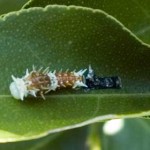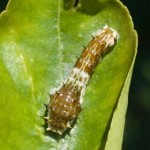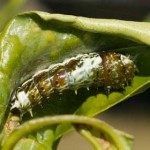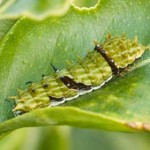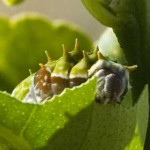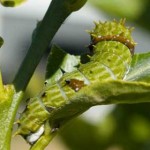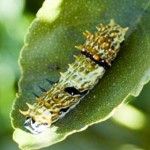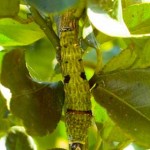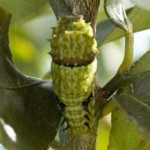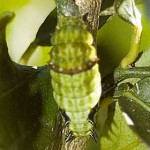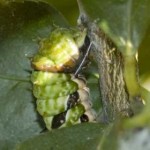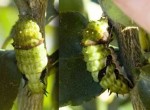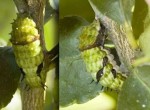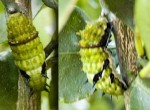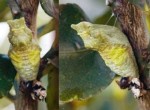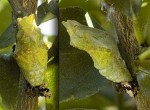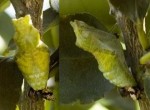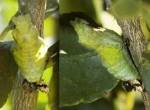 WordPress is a Content Management System, blogging software, and extensible Website framework. They describe themselves as a “semantic personal publishing platform with a focus on aesthetics, web standards, and usability”. So why did I choose to re-work my www.kathyw.org website with WordPress?
WordPress is a Content Management System, blogging software, and extensible Website framework. They describe themselves as a “semantic personal publishing platform with a focus on aesthetics, web standards, and usability”. So why did I choose to re-work my www.kathyw.org website with WordPress?
I have been writing, designing and coding websites since 1995. I’ve seen Web Standards evolve, trends come and go and browsers delight, frustrate and disappoint.
Here we are currently (June 2011) with FireFox 5.0, IE 9, Opera x, Chrome y, Webkit z, and still my Web Development mailing lists are full of questions of “something-on-my-page won’t work with IE 7-8, IE6 (shudder), Firefox 3” or some-other-old-browser.
I must confess I’ve been “guilty” myself if you like at trying to design usable websites down to IE6. The kludges required to support these old out-of-date browsers and their bugs is enough to make many throw our hands up in the air and say “enough”!
Then through my Web Development work I was introduced to WordPress to migrate a clients existing WP site to one of our servers. WordPress is seen by many as simply a blogging environment. It is also a whole lot more.
For over 3 years now I’ve dabbled in WordPress, not for blogs at all, but as a simple to use Content Management System for clients who want a professional looking site they can update easily themselves. WordPress lends itself to this task extremely well. It is an incredibly flexible and extensible environment, with a vibrant developer community and user base.
So when I decided to re-vamp my own Website (this one), I figured the best way to really get a handle on WordPress was to use it for myself.
Now instead of having to program everything (which I still do for some sites) I can leave a lot of the coding to the hundreds of programmers working on WordPress, it’s Plug-Ins and Themes. Now I can concentrate on the content, not the “container”.
Most of the browser issues and problems are handled by WordPress and it’s theme programmers, with only a little tweaking for personal taste – like transparent png support for bad-old ie6, and some extra JQuery .
Security is always an issue, and WordPress being as popular as it is, makes it a target for would-be hackers. Fortunately the people behind WordPress are vigilant to the threats and respond quickly to any newly discovered exploit. Properly secured and regularly updated WordPress seems to be a pretty reliable package.
Most Content Management Systems (CMS) tend to suffer from code bloat, and what is often referred to in Web Developer circles as “divitis” – an almost unending collection of nested and often empty divs (HTML scripting tag). WordPress is no exception, although it’s largely theme dependent, better in some than others, and far better than other CMS’s I’ve deployed projects with in the past.
The people behind WordPress and it’s Themes and Plug-ins also seem to be pretty handy at keeping up-to-date with Web trends. Social Networking considerations and support for mobile platforms being just two more aspects I can add with just a Plug-in or two. Sometimes it’s really handy to have an international army of keen young and experienced coders and resources to call on.
And did I say installation is a breeze? None of the horrendous hoops many other CMS’s require, instead it’s incredibly easy. This means I can spend more time securing, tweaking and designing. Yes if I want some specific functionality the base install doesn’t have, I’ll have to go get a plug-in or two, or write something myself. No big deal. Conversely, I only need to install or write things I need, without the hindrance of functionality I don’t need (or want).
So if you add together an army of coders to handle the dreaded cross browser issues, web standards and security, regular and easy updating, fresh new ideas and Plug-ins, lots of fellow web developers using WordPress (often abbreviated on-list to “WP”) and writing about what they have found, good and bad, it becomes an almost “must-do” to at least see what can be done with this publishing platform.
So now my journey continues. How far can WordPress take me? Will it in the long term let me spend that extra time on design and content? It’s an adventure I’m enjoying so far, and as long as the excitement continues I’ll keep on exploring it.

